Battle of Neretva (film)
7.4 /10 1 Votes7.4
Director Veljko Bulajic Duration | 7.2/10 IMDb Genre Drama, War Country Yugoslavia | |||||||||||||||||||||||||||||||||
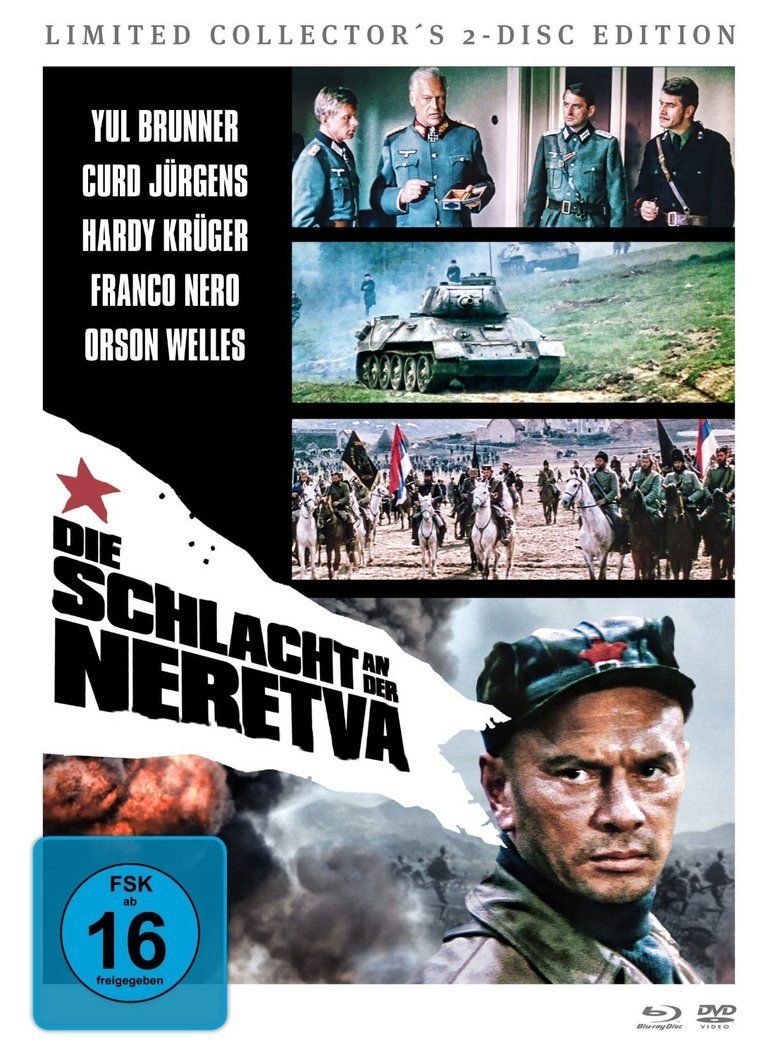 | ||||||||||||||||||||||||||||||||||
Language Serbo-CroatianEnglish Release date 7 October 1969 (1969-10-07) Initial release October 7, 1969 (Socialist Federal Republic of Yugoslavia) Screenplay Veljko Bulajic, Stevan Bulajic, Ugo Pirro, Ratko Durovic Cast (Vlado), (General Lohring), (Oberst Krenzer), (General Morelli), (Capitani Michele Rossi), Velimir 'Bata' Živojinović (Stole)Similar movies Bata Zivojinovic appears in Battle of Neretva and Tactical Guerilla | ||||||||||||||||||||||||||||||||||
Battle of Neretva (Serbo-Croatian: Bitka na Neretvi / Битка на Неретви, Slovene: Bitka na Neretvi,) is a 1969 Yugoslavian partisan film. The film was written by Stevan Bulajić and Veljko Bulajić, and directed by Veljko Bulajić. It is based on the true events of World War II. The Battle of the Neretva was due to a strategic plan for a combined Axis powers attack in 1943 against the Yugoslav Partisans. The plan was also known as the Fourth Enemy Offensive and occurred in the area of the Neretva river in Bosnia and Herzegovina.
Contents
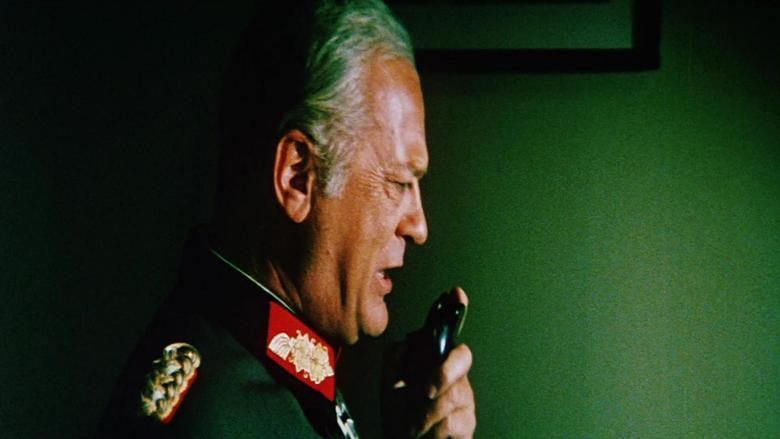
Battle of Neretva is the most expensive motion picture made in the SFR Yugoslavia. It was nominated for the Academy Award for Best Foreign Language Film, the year after Sergei Bondarchuk (playing the role of Martin in Neretva) won the honour for War and Peace. The score for the English-speaking versions was composed by Bernard Herrmann. Its soundtrack was released by Entr'acte Recording Society in 1974. It was re-released on Southern Cross Records on CD.
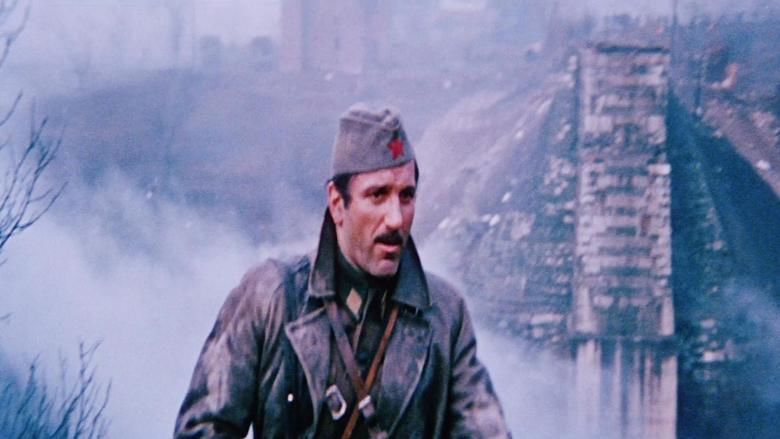
One of the original posters for the English version of the movie was made by Pablo Picasso, which, according to Bulajić, the famous painter agreed to do without payment, only requesting a case of the best Yugoslav wines.
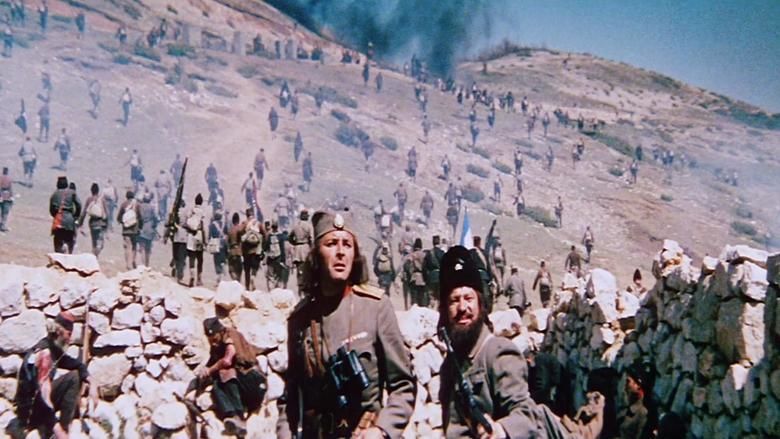
Cast
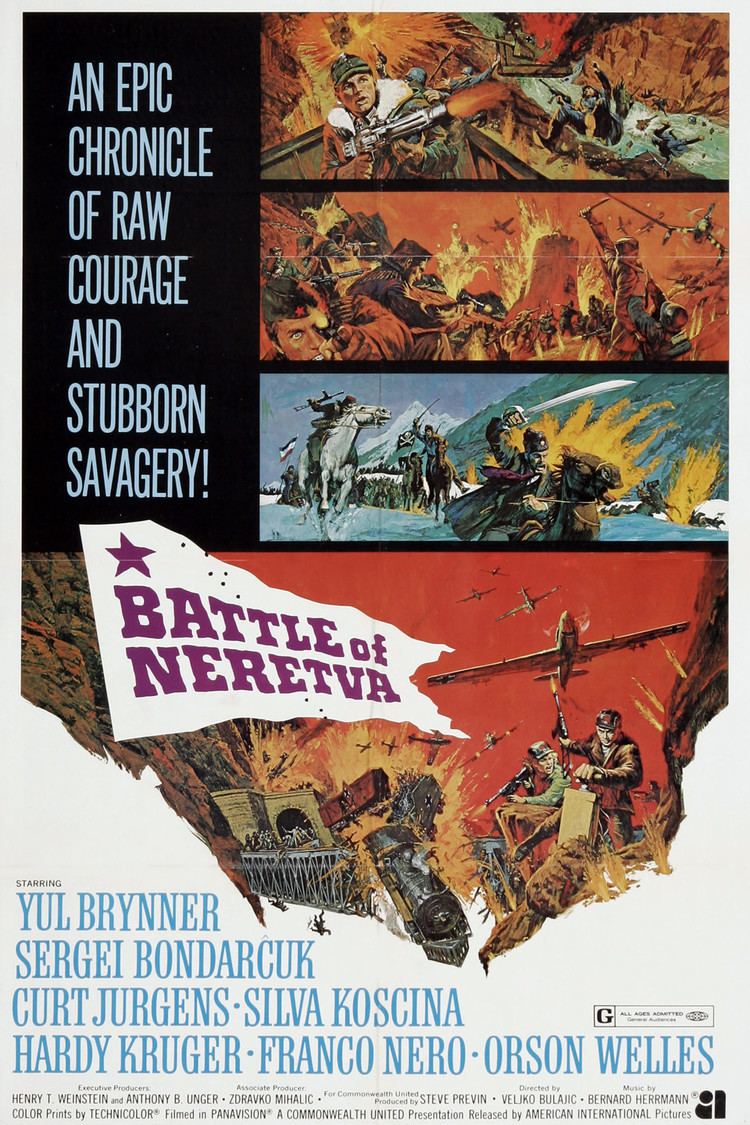
Production
Battle of Neretva was first of the huge state-sponsored World War II film productions. It had a staggering budget approved personally by Yugoslav president Josip Broz Tito. Different sources put it anywhere between $4.5 million and $12 million. Global stars such as Sergei Bondarchuk, Yul Brynner, Franco Nero, Orson Welles, etc. flocked to communist Yugoslavia attracted by the huge sums of money being offered.
Shot over 16 months with funds put up in largest part by over 58 self-managed companies in Yugoslavia, the movie featured a combined battalion of 10,000 actual Yugoslav People's Army (JNA) soldiers. Four villages and a fortress were constructed for the film, and subsequently destroyed. Several army-inventory Soviet T-34 tanks, touched up to look like German panzers, met the same fate.
Additionally, an actual railway bridge over Neretva River in Jablanica was destroyed. Director Bulajić's justification for taking down an actual bridge rather than getting the shots in studio was that a destroyed bridge would later become a tourist attraction. The bridge was thus blown up, but because none of the footage was usable due to the billowing smoke that made it impossible to see anything, it was decided that the bridge should be repaired and destroyed again. However, the problem with the excessive smoke occurred even when the bridge was blown up for the second time. Finally, the scenes of the bridge being blown up that eventually ended up in the film were shot using a small scale table-size replica at a sound stage in Prague.
Throughout the movie's production, the Yugoslav public was updated on the shooting progress via pieces in the country's print media.
Reception
In 1999, a poll of Croatian film fans found it to be one of the best Yugoslavian films ever made. People still enjoy it and it is praised for being historically correct and entertaining at the same time. It still has fans all over the former SFRY.
References
Battle of Neretva (film) WikipediaBattle of Neretva (film) IMDb Battle of Neretva (film) themoviedb.org
